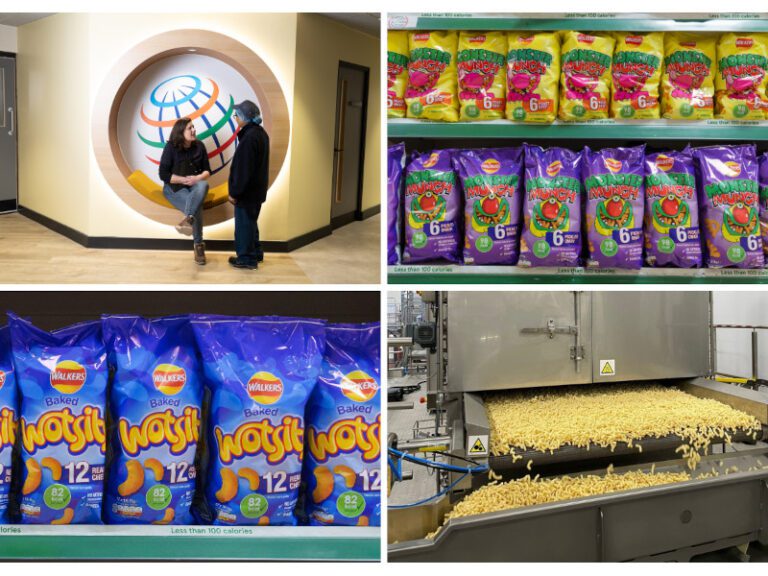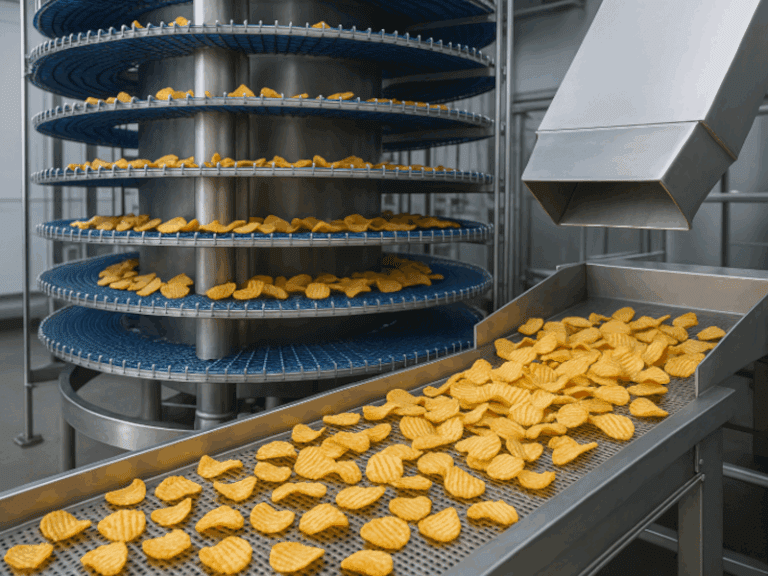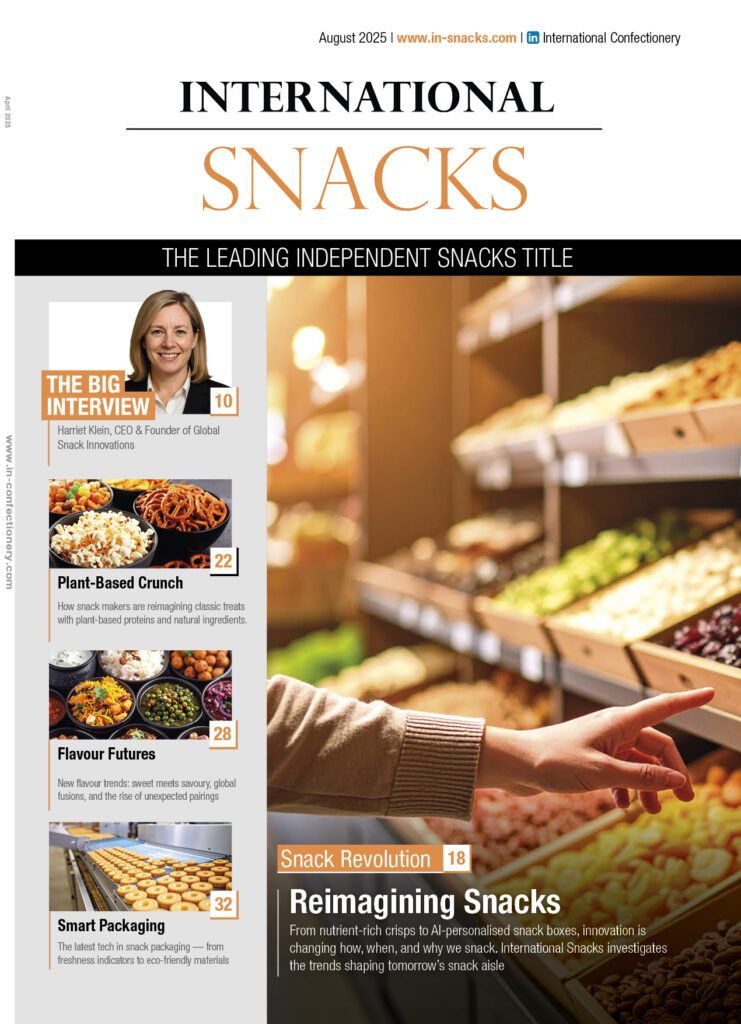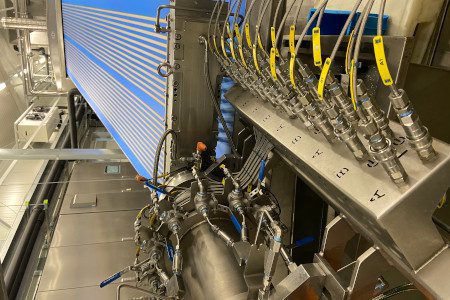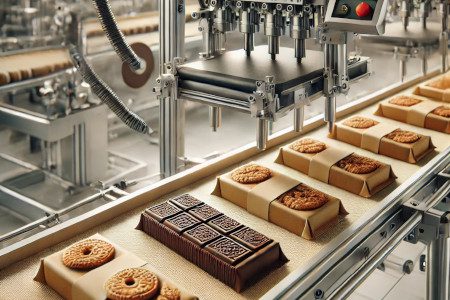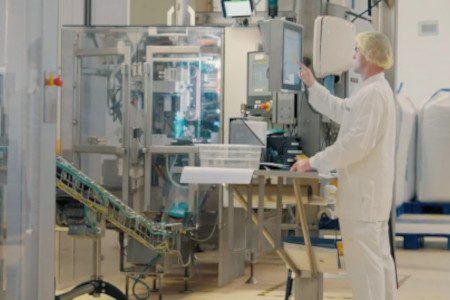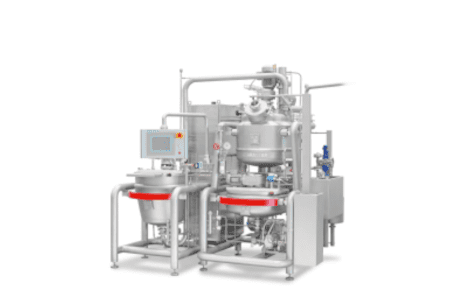As the global snack market continues to expand—driven by on-the-go lifestyles, premiumisation, and a growing demand for healthier options—manufacturers are under increasing pressure to deliver high-quality products with consistent texture, appearance, and shelf life. One area receiving renewed attention in this pursuit is the post-processing phase, particularly cooling systems. Often overshadowed by baking, frying, or flavouring stages, cooling plays a crucial role in preserving product integrity, ensuring compatibility with packaging systems, and supporting rigorous food safety standards.
In recent years, cooling technology has advanced significantly to accommodate the needs of high-throughput snack lines, growing sustainability targets, and more stringent hygienic design requirements. From spiral coolers and tunnel systems to modular ambient solutions, today’s cooling equipment is engineered not only to reduce product temperature but to do so with precision, consistency, and minimal energy consumption.
Cooling is far more than a transitional step between processing and packaging. It directly influences several critical product attributes, including moisture content, texture, shelf stability, and structural integrity. In fried or coated snacks, for example, cooling affects fat crystallisation and surface finish, while inadequate cooling can result in condensation, microbial growth, or packaging deformation. As snack formulations diversify—incorporating more protein, fibre, and alternative ingredients—the margin for error during cooling becomes even narrower. With such high stakes, manufacturers are increasingly investing in more advanced and adaptable cooling systems.
Among the most widely used solutions in snack cooling are spiral coolers. These systems, which feature vertically stacked conveyor belts, are designed to maximise dwell time within a compact footprint. This configuration makes them particularly well-suited to high-capacity production lines, especially those handling baked or fried snacks that require a gradual reduction in temperature. Spiral coolers can be tailored to specific products through variable-speed belts, zoned airflow, and humidity control. Such features ensure that each snack is cooled gently and evenly, preserving delicate textures and surface coatings.
Not all snacks respond well to ambient cooling, especially those with high fat content or those featuring heat-sensitive inclusions like chocolate or fruit. In these cases, cryogenic cooling systems, which use liquid nitrogen or carbon dioxide, can offer rapid temperature reduction and a controlled set for coatings. While such systems are more energy-intensive, they are essential in applications where product appearance, bite, or structure is easily compromised by slower cooling methods.
In contrast, ambient cooling tunnels are suitable for consistent snack types such as crackers, extruded curls, or baked crisps. These systems use filtered, controlled airflow to achieve uniform cooling along a linear conveyor. Often modular in design, ambient tunnels can be easily integrated between upstream processing units and downstream packaging stations, ensuring continuous flow without bottlenecks or thermal stress.
Increasingly, manufacturers are taking a holistic view of the production line, where cooling is no longer treated as an isolated function but as part of an integrated process. With high-speed ovens, fryers, and flavouring drums operating in sequence, cooling systems must keep pace to prevent delays and inconsistencies. Automation plays a growing role in this integration, with modern control systems adjusting conveyor speeds, airflow rates, and internal temperatures in real time to match fluctuations in production.
The challenge lies in managing throughput without sacrificing product quality. For instance, if an oven is producing a thousand kilograms of crisps per hour, the cooling system must be equally capable of processing that volume while maintaining uniformity and meeting pack-off temperature targets. The ability to monitor and modulate cooling parameters dynamically is becoming a critical feature in advanced snack plants.
In parallel with performance demands, there is growing focus on hygiene and energy efficiency. Open-air cooling zones are subject to strict cleanliness standards, prompting equipment manufacturers to design systems with easy-access panels, sloped surfaces to prevent dust accumulation, and robust materials that withstand regular washdowns. These features not only improve food safety compliance but also reduce downtime during cleaning and maintenance.
Energy usage is another driving concern. Manufacturers are exploring solutions such as waste-heat recovery, variable-speed fans, and intelligent airflow control to minimise the environmental impact of thermal processes. Some facilities are even repurposing the cold output from cooling systems for other uses, such as pre-cooling ingredients or conditioning air in adjacent areas.
Looking ahead, the future of snack cooling lies in data-driven optimisation. With sensors and analytics tools increasingly embedded in equipment, manufacturers will be able to fine-tune every aspect of the cooling process. From predictive maintenance to AI-guided temperature profiling, the goal is to enhance product quality while reducing operational costs and environmental impact.
In a fast-evolving industry where visual appeal, freshness, and textural consistency are paramount, cooling systems are proving to be one of the most valuable tools in a snack producer’s arsenal. Those who invest in precision, integration, and innovation at this stage of production are better equipped to deliver the high standards today’s consumers expect—batch after batch, bag after bag.


